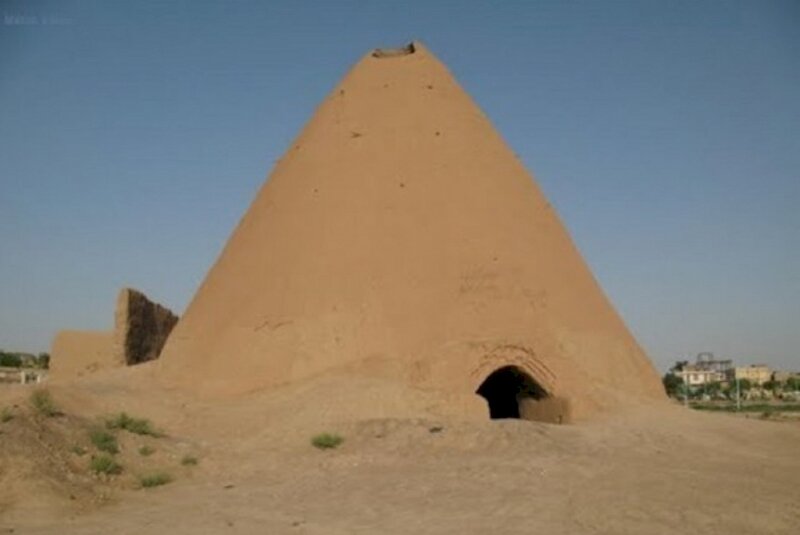Authorities to free up lands surrounding historic ice storage

TEHRAN – Local authorities have approved to free up [private] lands, which are situated within the legal boundaries of a mudbrick ice storage near the Iranian capital.
"Surrounding lands of the Qajar-era (1789–1925) traditional Yakhchal (mudbrick ice storage) of Yaber Daghlan in the town of Pakdasht, near Tehran will be free up in near future," Pakdasht’s tourism chief said on Sunday.
Some seven houses within the boundaries of the historical monument will be purchased from the owners to preserve and protect the structure, he said.
A budget of 60 billion rials ($1.4 million at the official exchange rate of 42,000 rials per dollar) has been allocated to the project, which aims at providing investment opportunities for the historical structure, Asadollah Tajik announced.
When there was no electricity, no refrigerators, and no appliances, people kept a huge amount of water next to the high walls of Yakhchal, which cast a shadow that kept the water cool.
The water turned into ice during the wintertime. Then people cut the ice into many portable parts and put them in the ice house and covered the surface of the ice with special local grass.
The structure is built high to minimize the contact of warm air with the ice surface as the warm air floats upwards. The feature of the ice storage was essential to its functioning.
There were also wells behind the ice storages with a connective canal at the bottom of the ice storage to the wells with a slight slope.
When people piled up the ice, a little amount of water remained under the heap of ice. If the water was not removed it would make the rest of the ice melt. By channeling the water into the well, not only did they prevent the ice stored in the ice house from melting, but also they had cold and tasty water during summer months when the weather went up to 40 degrees Celsius.
ABU/AFM
Leave a Comment